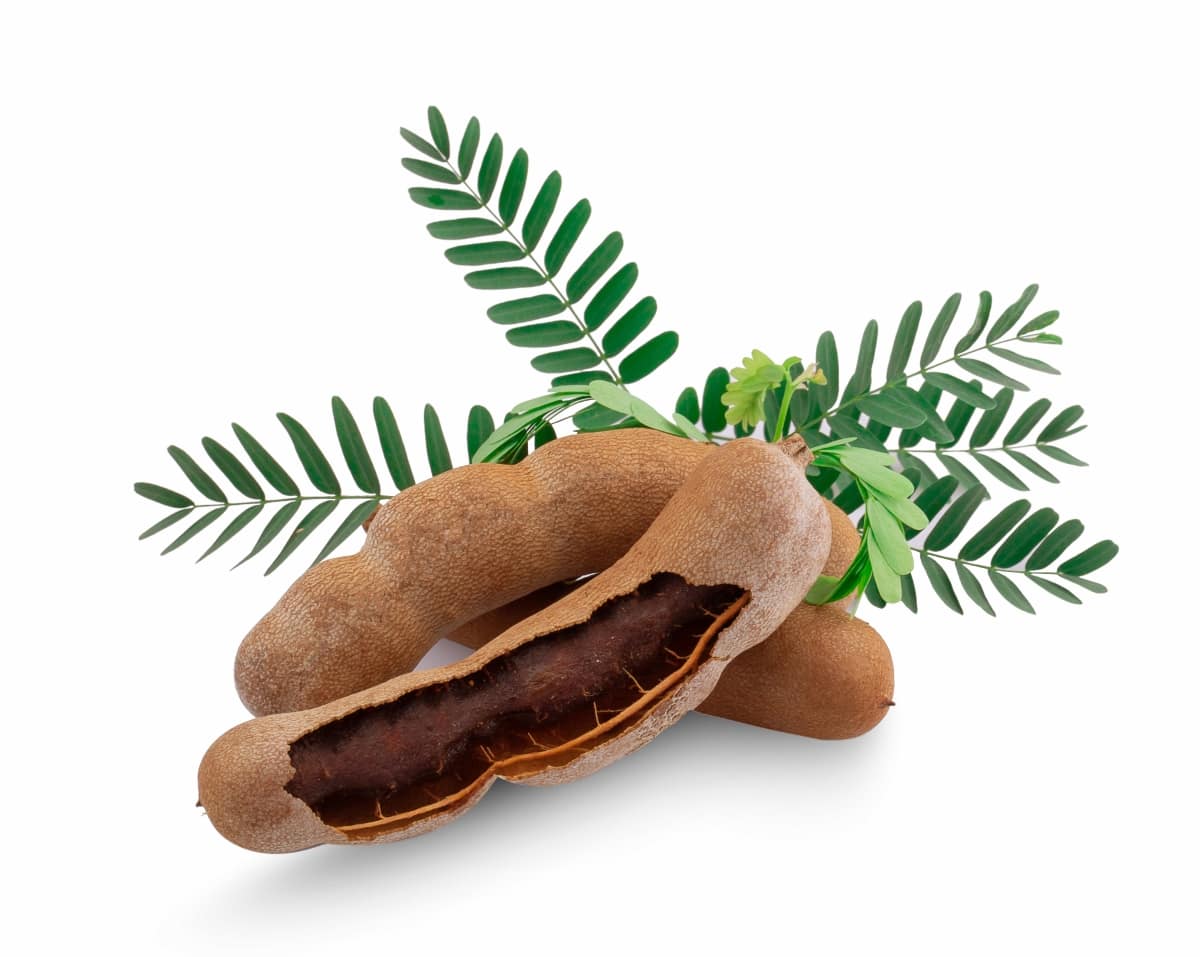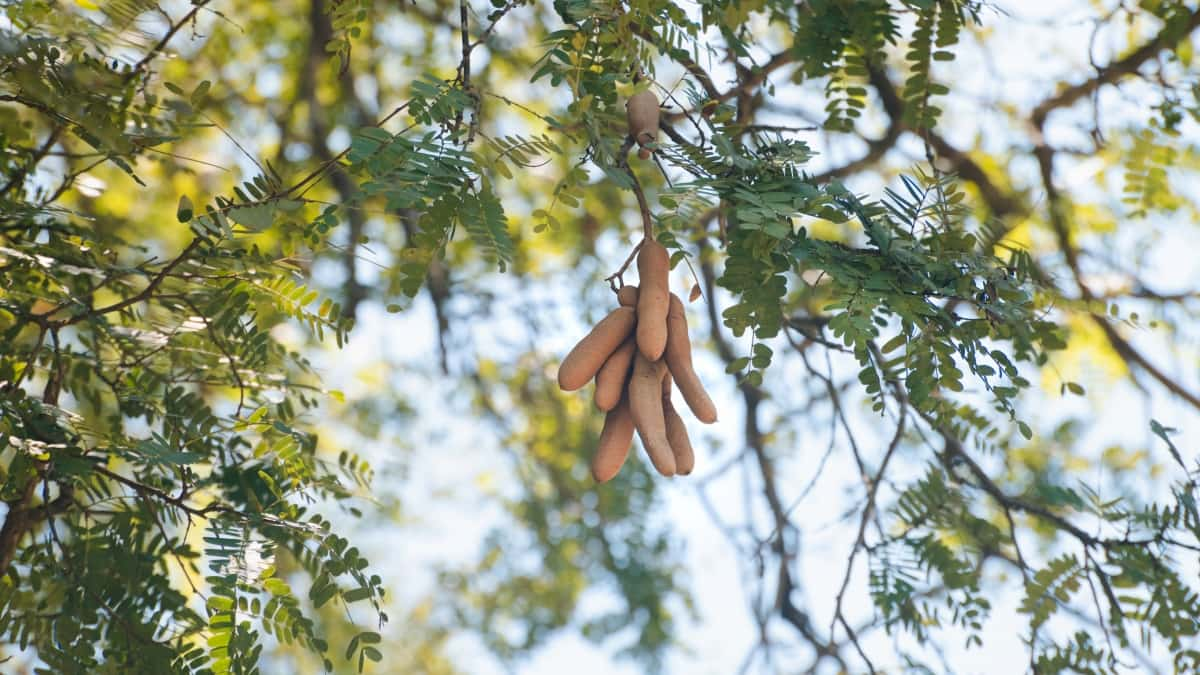Tamarind farming is gaining popularity due to its profitability and growing demand in local and international markets. The Tamarind farming project report provides a thorough look at expenses and profits, making it a must-read for those thinking about investing in this farming field. Several factors, including initial investments, recurring costs, and yield outputs, influence the economics of Tamarind production.

As a lucrative agribusiness, revenue in Tamarind farming can be substantial, leading to an attractive return on investment (ROI) for farmers. Furthermore, profitability in Tamarind farming can be optimized through cost-reduction strategies and effective farm management. When considering a 1-acre Tamarind farming cost against a 1-acre Tamarind farming profit, the balance sheet often tilts in favor of gains, particularly when considering a 1-acre Tamarind yield and its potential in the market.
Tamarind Farming Cost and Profit
Factors Affecting Tamarind Farming Costs and Profits
The economics of Tamarind production hinges on several critical factors, such as climate, soil type, market access, and farm management practices. Each of these can influence the profitability of Tamarind farming. Costs can be minimized through strategic planning, particularly by adopting cost reduction in Tamarind farming techniques like efficient water use and integrated pest management.
The revenue in Tamarind farming depends on the quantity and quality of the produce, which is, in turn, affected by the tree’s growing conditions and care. As for the return on investment in Tamarind farming, it can be maximized by enhancing the productivity per acre and tapping into high-value markets. The project report of Tamarind farming must, therefore, assess these variables to provide a realistic forecast of financial outcomes.
Land Preparation and Infrastructure Costs in 1-Acre Tamarind Farming
Preparing the land for Tamarind cultivation involves several steps, including clearing, tilling, and leveling, which could cost between $500 to $1,000 per acre. This initial investment creates the foundation for a healthy orchard. Infrastructure costs, notably for irrigation, can vary but are essential for the saplings’ growth and can range from $500 to $2,000, depending on the system implemented. These upfront expenses lay the groundwork for successful cultivation and are critical for a 1-acre Tamarind farming project’s success.
Planting and Cultivation Expenses for 1-Acre Tamarind Farming
The costs associated with planting and cultivation include the purchase of seedlings, which could be in the range of $100 to $400 for an acre, considering an average planting density. These expenses contribute to the 1-acre Tamarind farming cost and are a vital part of the investment as they determine the future yield potential of the orchard. Proper planting and regular cultivation are imperative for the health and productivity of Tamarind trees.
Irrigation and Water Management Costs in 1-Acre Tamarind Farming
Adequate irrigation is crucial, especially in the formative years of Tamarind trees. The expenses for setting up and maintaining a suitable irrigation system, such as drip or sprinkler systems, contribute significantly to the total cost. These costs ensure that the trees receive the right amount of water at the right time, essential for optimizing the 1-acre Tamarind yield and, consequently, the revenue in Tamarind farming.
Fertilizer and Pesticides for 1-Acre Tamarind Farming
Fertilizers and pesticides account for a notable portion of the recurring costs, ranging from $200 to $500 per acre annually. These inputs are necessary to provide essential nutrients to the trees and to protect them from pests and diseases, which in turn safeguards the investment and ensures the viability and profitability of Tamarind farming. Effectively using these inputs can lead to a substantial 1-acre Tamarind farming profit by improving yield and quality.
In case you missed it: Project Report of 1-Acre Peach Farming: Cost and Profit Analysis

Labor and Machinery Costs for 1-Acre Tamarind Farming Operations
Labor and machinery are pivotal in the operations of a Tamarind farm. These costs cover planting, maintenance, pruning, and harvesting activities and can range from $500 to $1,000 per acre per year. These costs directly affect the profitability of Tamarind farming and are subject to fluctuation based on the level of mechanization and the local labor market conditions.
Harvesting and Post-Harvest Handling Expenses for 1-Acre Tamarind Farming
When Tamarind reaches maturity, harvesting and post-harvest handling become significant costs. These include labor for picking the fruits, processing, and storage. Proper post-harvest handling is crucial for maintaining the quality of Tamarind, which can directly influence the revenue in Tamarind farming. These processes must be factored into the 1-acre Tamarind farming cost to ensure an accurate profitability projection.
Marketing and Distribution Costs in the 1-Acre Tamarind Farming
The marketing and distribution costs are pivotal in determining the net profitability of a 1-acre Tamarind farm. These costs encompass all the expenses associated with getting the Tamarind from the farm to the final consumer, including transportation, advertising, and market fees. Efficient marketing strategies and a well-planned distribution network are essential to maximize the revenue in Tamarind farming and can significantly influence the return on investment.
Assumption of this Tamarind Farming Project
This Tamarind farming project assumes land ownership, with the cost and profit report tailored for a 1-acre plot. The projected profits are calculated for the first harvest, with an expectation of increased profits from subsequent harvests. It’s important to note that the profitability and costs of Tamarind farming are variable and highly dependent on the region, variety, time of year, cultivation practices, and the prevailing market value.
In case you missed it: 1-Acre Raspberry Farming Project Report: Production Economics, Cost and Profit Analysis

Tamarind Farming Cost and Profit Analysis
| Cost/Profit Components | Amount (USD) |
| Initial Land Preparation and Infrastructure | $500 – $3,000 |
| Planting Material | $100 – $400 |
| Irrigation System | $500 – $2,000 |
| Fertilizers and Pesticides | $200 – $500 |
| Labor Costs | $500 – $1,000 |
| Recurring Expenses | $1,500 – $3,000 |
| Total Initial and Recurring Costs | $3,300 – $9,900 |
| Yield (per acre) | 7,200 kg |
| Revenue (average $2/kg) | $14,400 |
| Profit (first harvest) (Total Revenue – Total Costs) | $11,900 |
Frequently Asked Questions (FAQ)
How Much Does a Tamarind Tree Yield Per Acre?
A mature tamarind tree can yield about 100 to 200 kilograms of fruit annually; hence, an acre fully planted with tamarind trees could yield approximately 7,200 kilograms.
How Many Years Does It Take to Grow a Tamarind Tree?
Tamarind trees take about 6 to 8 years to reach full maturity and produce significant quantities of fruit.
How Do You Farm a Tamarind Tree?
Farming a tamarind tree involves selecting suitable land, preparing the soil, planting seedlings, regular watering, fertilizing, and implementing pest management, followed by pruning and harvesting when mature.
In case you missed it: 1-Acre Pineapple Farming Project Report: Production Economics, Cost and Profit Analysis

Conclusion
Tamarind farming on a 1-acre land presents a promising opportunity for substantial returns, considering the detailed analysis of costs and profits. Initial investments in land preparation, infrastructure, and plant material lay the groundwork for successful cultivation, with recurring costs in irrigation, fertilizers, and labor ensuring the continued health and productivity of the Tamarind trees. The profitability in Tamarind farming is not without its challenges, as a myriad of factors, such as regional conditions, cultivation practices, and market trends, influence it.
- Feed Your Flock for Less: Top 10 Tips to Save on Chicken Feed
- Ultimate Guide to Ossabaw Island Hog: Breeding, Raising, Diet, and Care
- Hatching Answers: The Top 10 Reasons Your Chickens Aren’t Laying Eggs
- Eggs and Economics: Breaking Down the Cost of Raising Backyard Chickens
- Defend Your Greens: Proven Methods to Keep Iguanas Out of Your Garden
- Ultimate Guide to Cinnamon Queen Chicken: A Comprehensive Guide for Beginners
- Ultimate Guide to California Tan Chicken: Breeding, Raising, Diet, Egg-Production and Care
- Ultimate Guide to Marsh Daisy Chicken: Breeding, Raising, Diet, and Care
- 10 Types of Chicken Farming Businesses You Can Start for Profits